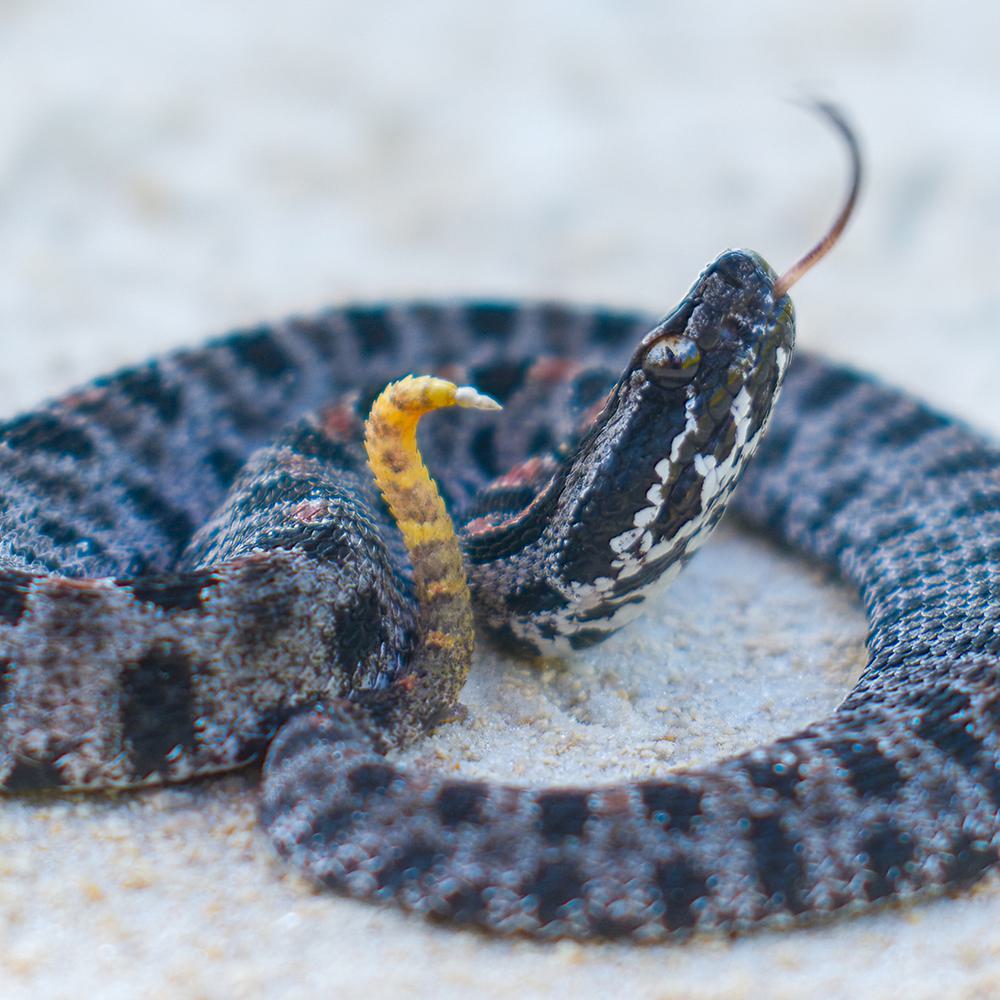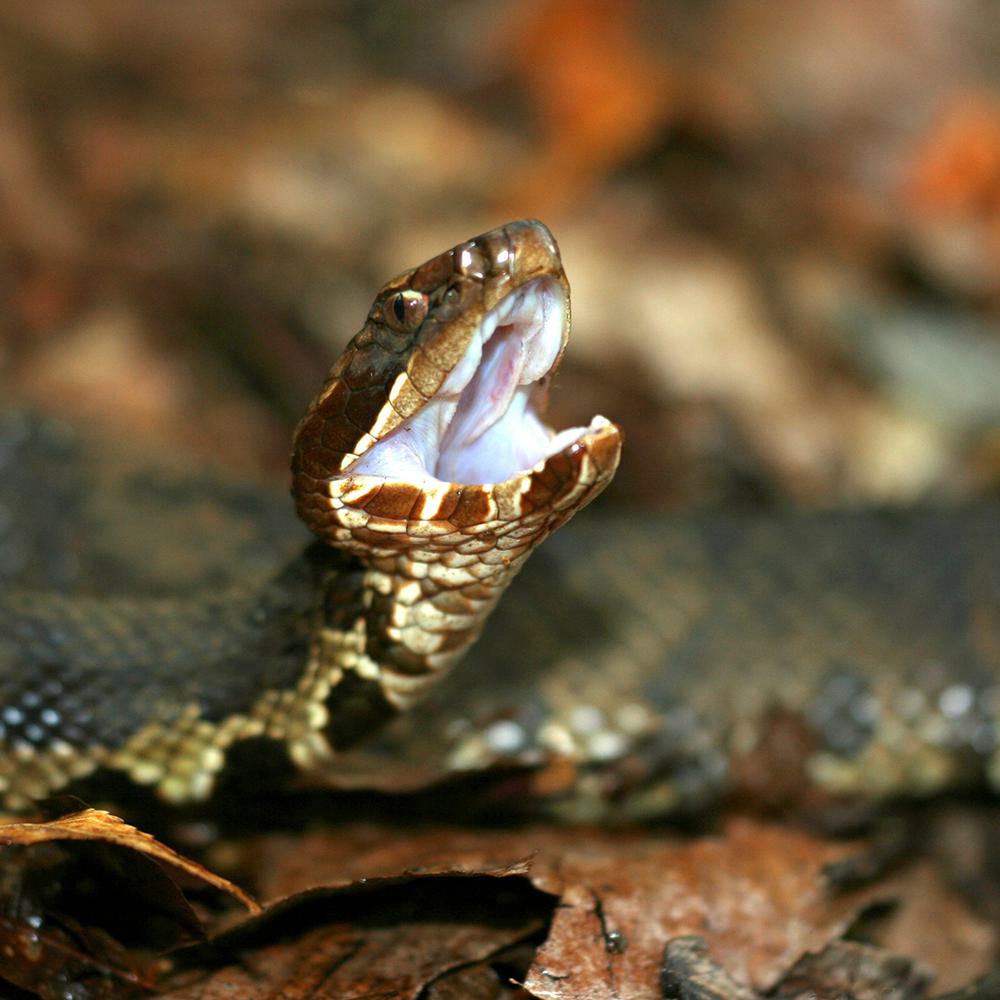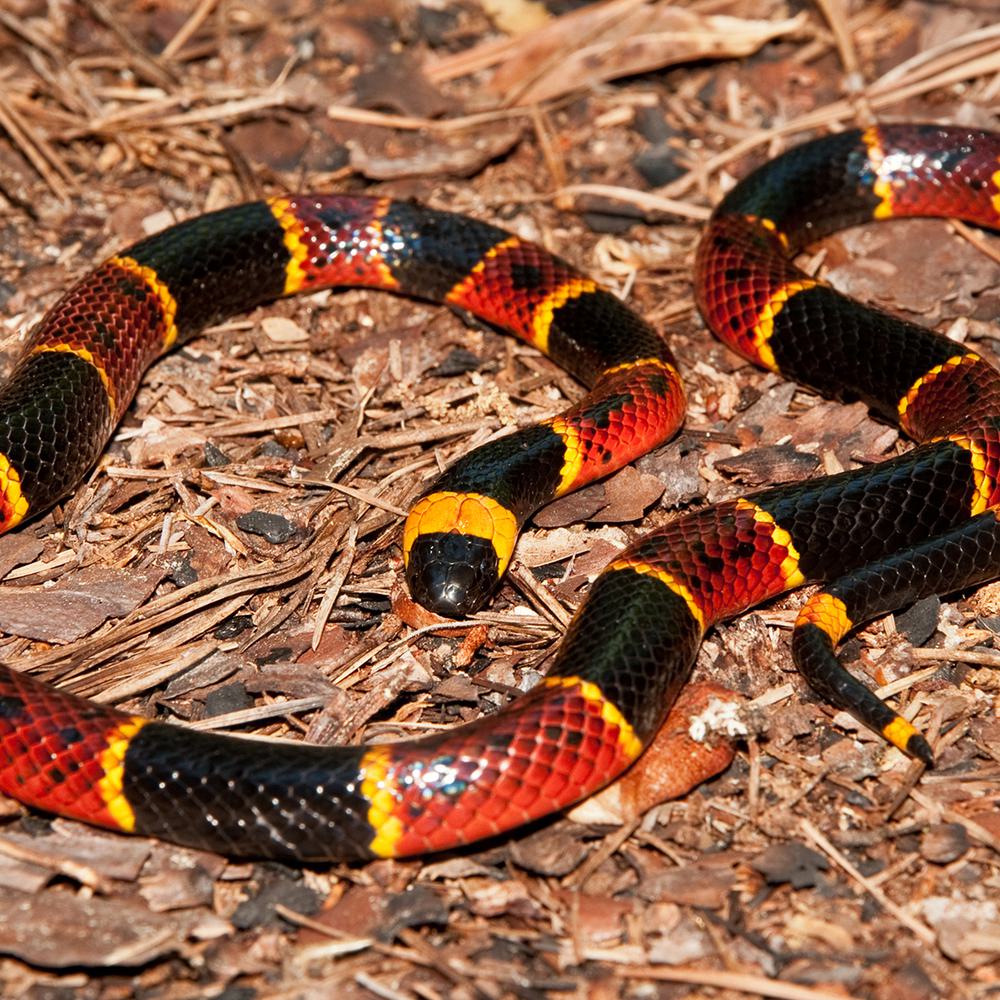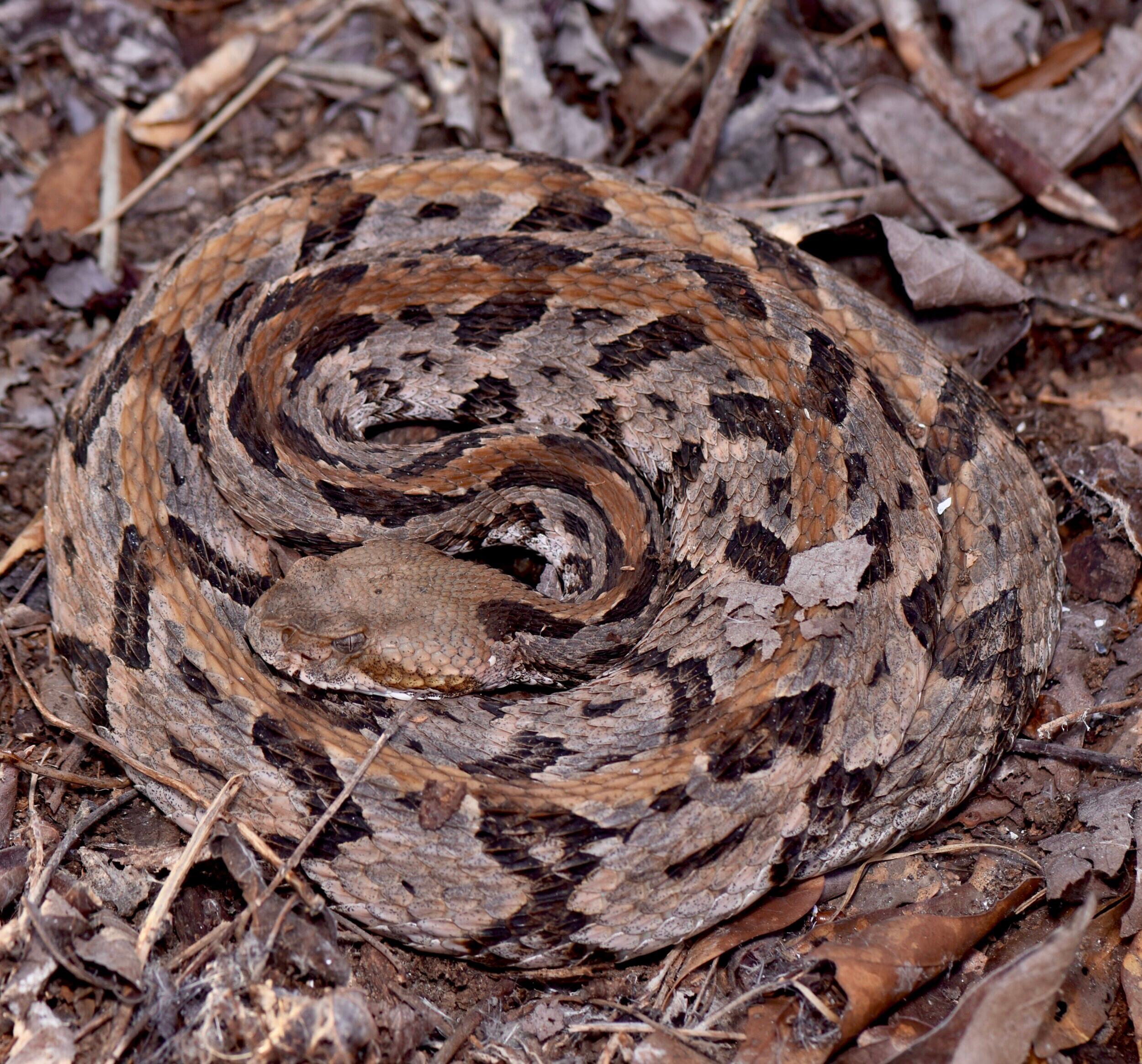By Terry Schrimscher
To the average Alabamian, few things can elicit a negative reaction like snakes and telemarketers. Despite their similarities, none of the dozens of species of snake in Alabama will call you concerned about your car warranty or your phone plan. In fact, snakes would prefer not to have any contact with you.
“A high proportion of snake bites in the southeast and in Alabama is from somebody picking the snake up,” said Whit Gibbons.
Gibbons is a professor emeritus at the University of Georgia and earned a bachelor's and master’s degree in biology from the University of Alabama, as well as a Ph.D. in zoology from Michigan State University.
His book, “Snakes of the Eastern United States”, is a good reference guide for identifying snakes and is available on his website, www.whitgibbons.com. The book details more than 60 species of snake in the eastern part of the country, most of which call Alabama home.
Six types of venomous snakes are native to Alabama, the coral snake, the cottonmouth, the copperhead and three species of rattlesnake.
Rattlesnake
Three distinct types of rattlesnake can be found in Alabama, including the pygmy rattlesnake, the eastern diamondback and the canebrake or timber rattlesnake. Each species is distinct in appearance but all have the signature rattle on the tail to warn trespassers who venture into their domain.
The eastern diamondback in the largest venomous snake in North America, reaching close to seven feet in length when fully grown. It is typically brown with a distinctive diamond pattern along its back. Although it can be seen all around Alabama, it is primarily found in the southern portion of the state and sightings are becoming less frequent in recent years sparking concerns from conservationists.

The pygmy rattlesnake is a small rattlesnake also found mostly in the southern region of the state. The pygmy is also growing uncommon in recent years. It can reach a length of approximately two feet with colors and markings much different than the diamondback.

“Pigmy rattlesnakes are very small,” said Gibbons, “and in Alabama are usually light or dark gray with dark blotches down the back and on the sides.”
The timber rattlesnake is the most common rattlesnake found in Alabama with a range covering the entire state. Color schemes can vary from black or brown stripes or bands over a tan or gray background. Unlike the diamondback and pygmy, it is plentiful and not considered a concern for conservation.
The timber rattlesnake played a role in early American history. Benjamin Franklin suggested it as a possible symbol for the colonies and the young nation reasoning that it is an animal only found in the Americas. It is an animal that prefers to be left alone but is willing to defend itself when provoked.
Cottonmouth
The cottonmouth, also known as the water moccasin, is a common water snake found statewide in Alabama but most frequently in the central and southern areas of the state. It is the only venomous water snake native to North America. Adult cottonmouths usually reach three to four feet in length but have been known to reach a length of nearly six feet.

Cottonmouths are often confused with nonvenomous water snakes due to their wide range of colors. The snakes can be olive, brown or black with lighter bands around the body. The cottonmouth can be identified by the bright white color inside of its mouth.
“I did a study on it. I went out in a swamp with snake boots,” said Gibbons. “I stood next to 50 cottonmouths out in the swamp over a two or three-month period and recorded. Not a single one that I stood beside tried to bite. They would display. They’d open their mouths like they were going to bite but not a single one bit me.”
Gibbons said most of the snakes tried to get away but he would step on the ones who remained to test their reactions. Only one of the snakes struck him after being stepped on.
“They’re not aggressive. They want you to stay away from them,” he said.
Copperhead
The copperhead is the most common venomous snake in Alabama with a range covering most of the state.

According to Gibbons, copperheads account for more bites than all other venomous snakes in America combined. However, he points out that they are not aggressive snakes.
“Snakes are a lot more common than you or I would know walking through the woods,” said Gibbons. “If you walk up the Appalachian Trail, I guarantee you a lot more copperheads will see you than you will see copperheads.”
The venom of a copperhead is the least toxic of all venomous snakes in Alabama, but it is still dangerous and should not be provoked.
Coral Snakes
The coral snake is a relative of the cobra and lives along the coastal plains. Sightings are extremely rare in Alabama. It lives primarily underground, hunting burrowing animals and other snakes.

The venom of the coral snake is the most powerful of any snake in the country. The snake features colorful red, black and yellow rings around its body.
The coral snake can be easily confused with other snakes such as the nonvenomous scarlet snake or some kingsnakes. However, coral snakes in Alabama can be recognized by the red rings touching yellow rings.
Gibbons commented about a childhood rhyme that said “red then yellow, kill a fellow. Red, black, okay Jack” but said coral snakes in other parts of the world can be a variety of colors and don’t adhere to that pattern.
“If you have to remember that rhyme, you ought not be picking it up anyway,” Gibbons said.
Myths and Legends
Gibbons was skeptical of some of the common folk remedies for keeping snakes out of yards. He said things like mothballs and sulfur or planting certain kinds of snake repelling plants are little more than myths.
“If you put enough of those snake repellants around your house,” said Gibbons, “you would not want to be there yourself. It would smell awful.”
He said that the kingsnake actually hunts and kills venomous snakes. It is immune to the venom of copperheads and rattlesnakes.
“If they’re there, the kingsnake wins,” he said.
Safety
Gibbons said snakes are not aggressive creatures and people who spot them in nature should take a minute to enjoy them from a distance.
“If you’re six feet away from any snake, even an eastern diamondback, you’re out of range of that snake being able to strike you,” said Gibbons. He cautioned pet owners who spot a snake while walking a dog to make sure the pet stays six feet away also.
Gibbons reiterated the fact that many snake bites actually occur because someone confronts the snake and is bitten while trying to kill it.
“One reason for not automatically killing a snake is that it may be a completely harmless species that eats other animals, such as mice or rats,” Gibbon said. “The other is that many serious snake bites are to people who unnecessarily interact with a venomous snake by trying to kill it. Stand back. Watch them. Enjoy them.”
Gibbons suggested taking photos of the snake when you see them rather than attacking them. He also suggested calling a professional to remove a venomous snake if you see one in your yard.
“The adage that 'the only good snake is a dead one' is generally said by folks who have not been taught that all biodiversity is part of our natural heritage,” he said.
Although you cannot eliminate the chance of seeing a venomous snake in your yard, you can do things to make your yard less appealing to snakes. Simple tasks like keeping the grass cut short, trimming the hedges, removing logs and piles of debris can help.
If you do stumble upon a venomous snake and are bitten, seek medical help immediately by calling 911. According to the Mayo Clinic, you should move away from the snake and remove any tight clothing and jewelry while waiting on help to arrive.
Cleaning the wound with soap and water will help, but do not apply a tourniquet or try to remove the venom. Don’t try to catch the snake to show the medical team but, if possible, take a photo of it to help identify the best treatment.
To connect with the author of this story, or to comment, email news@1819News.com.
Don’t miss out! Subscribe to our newsletter and get our top stories every weekday morning.









